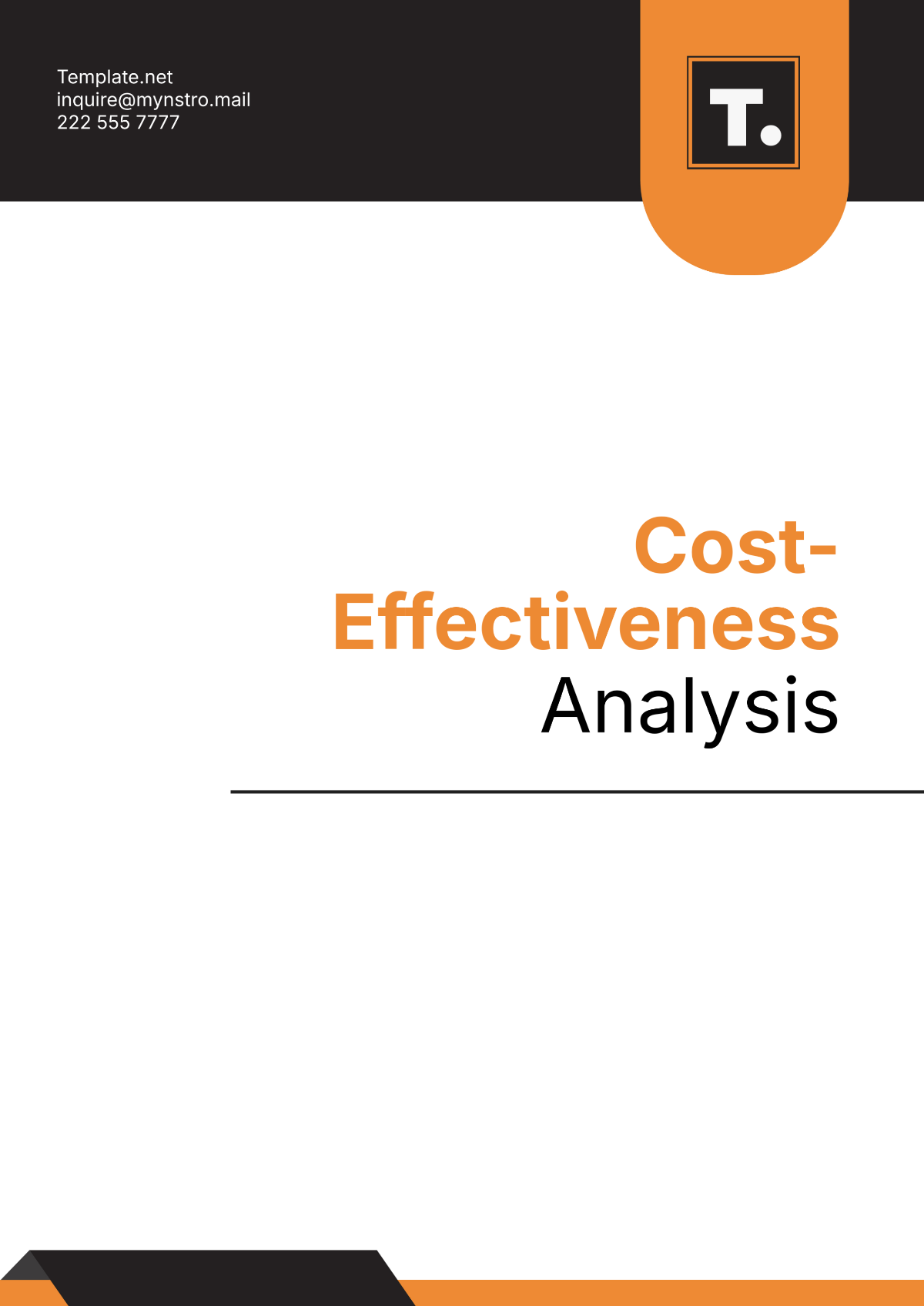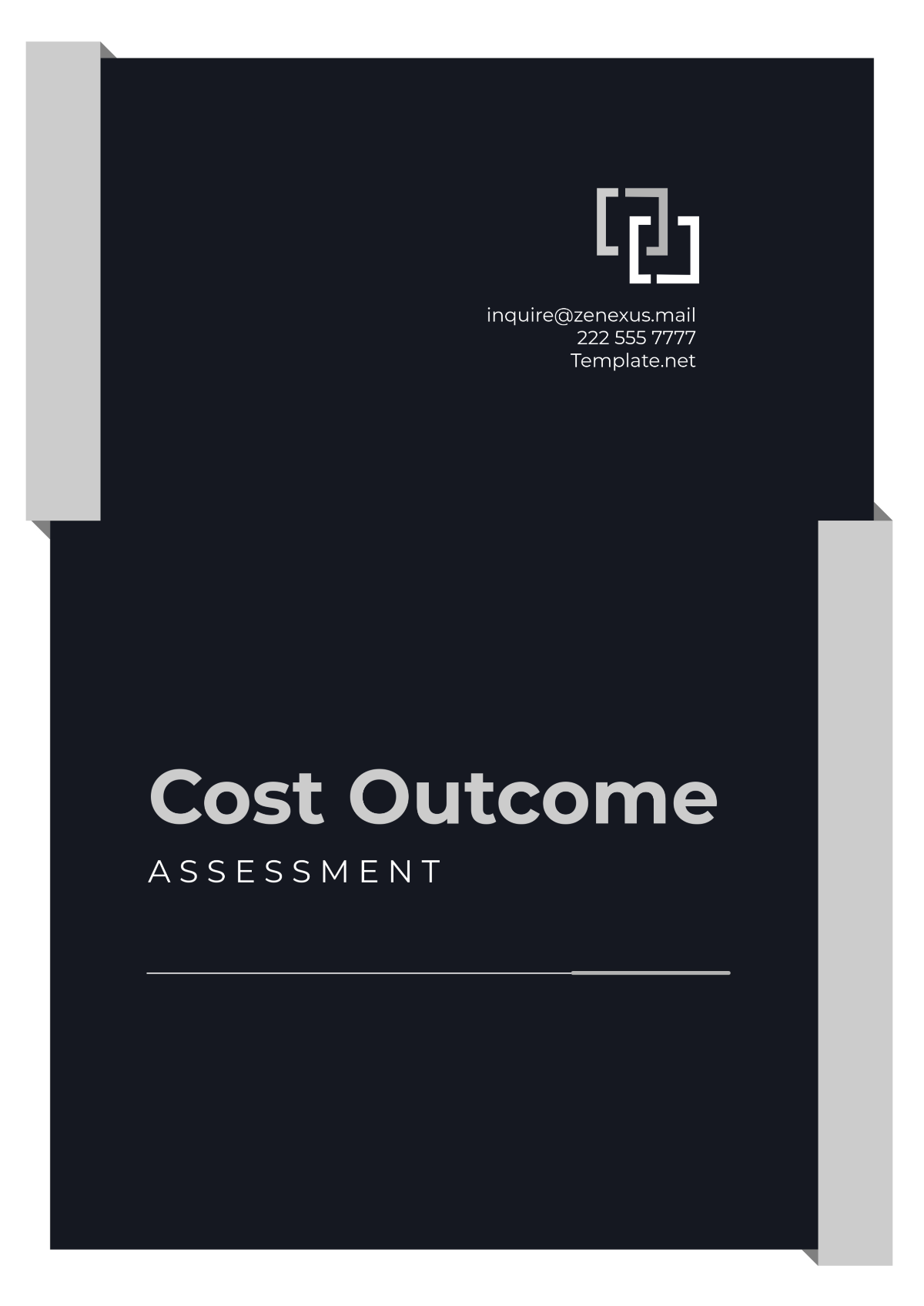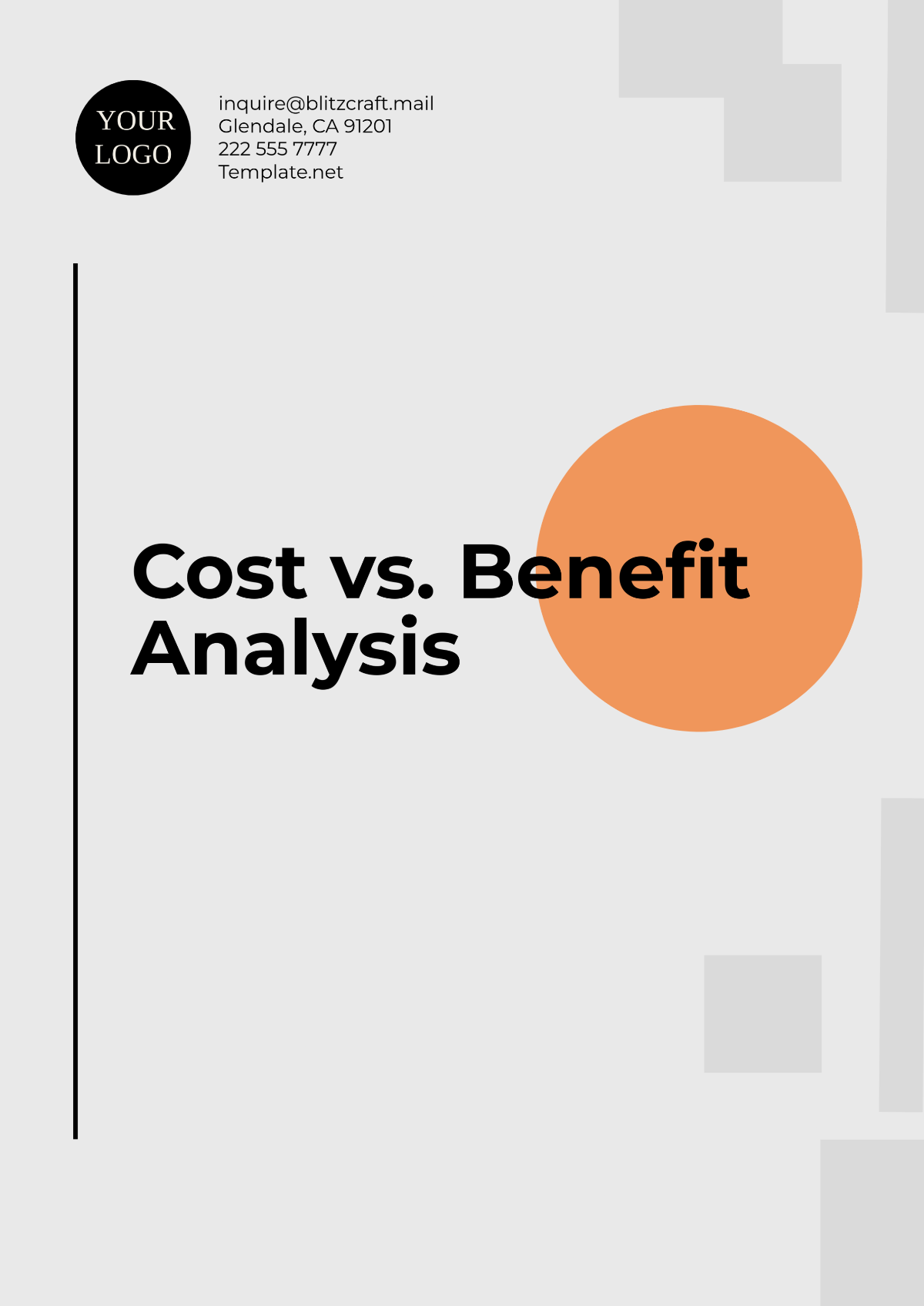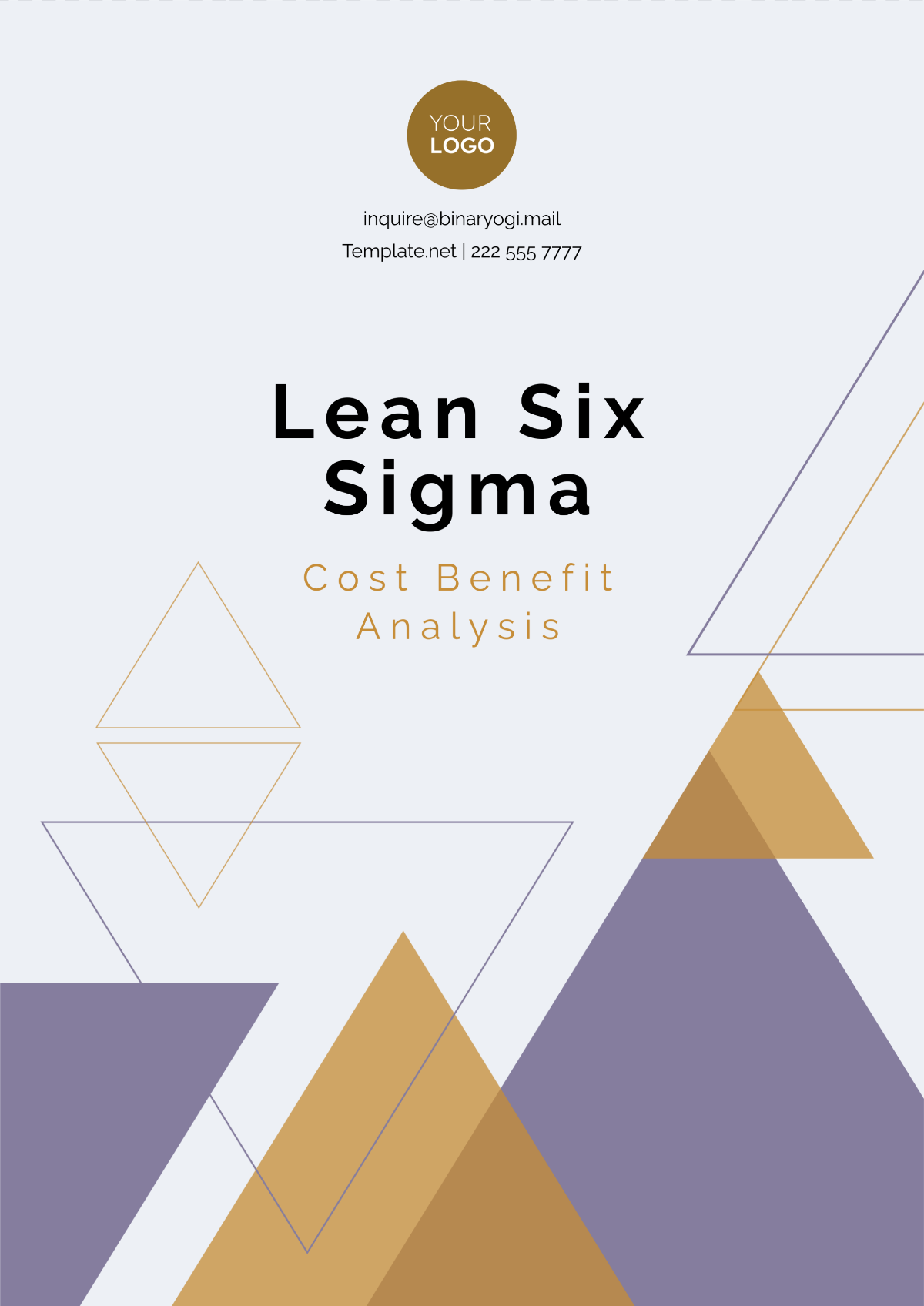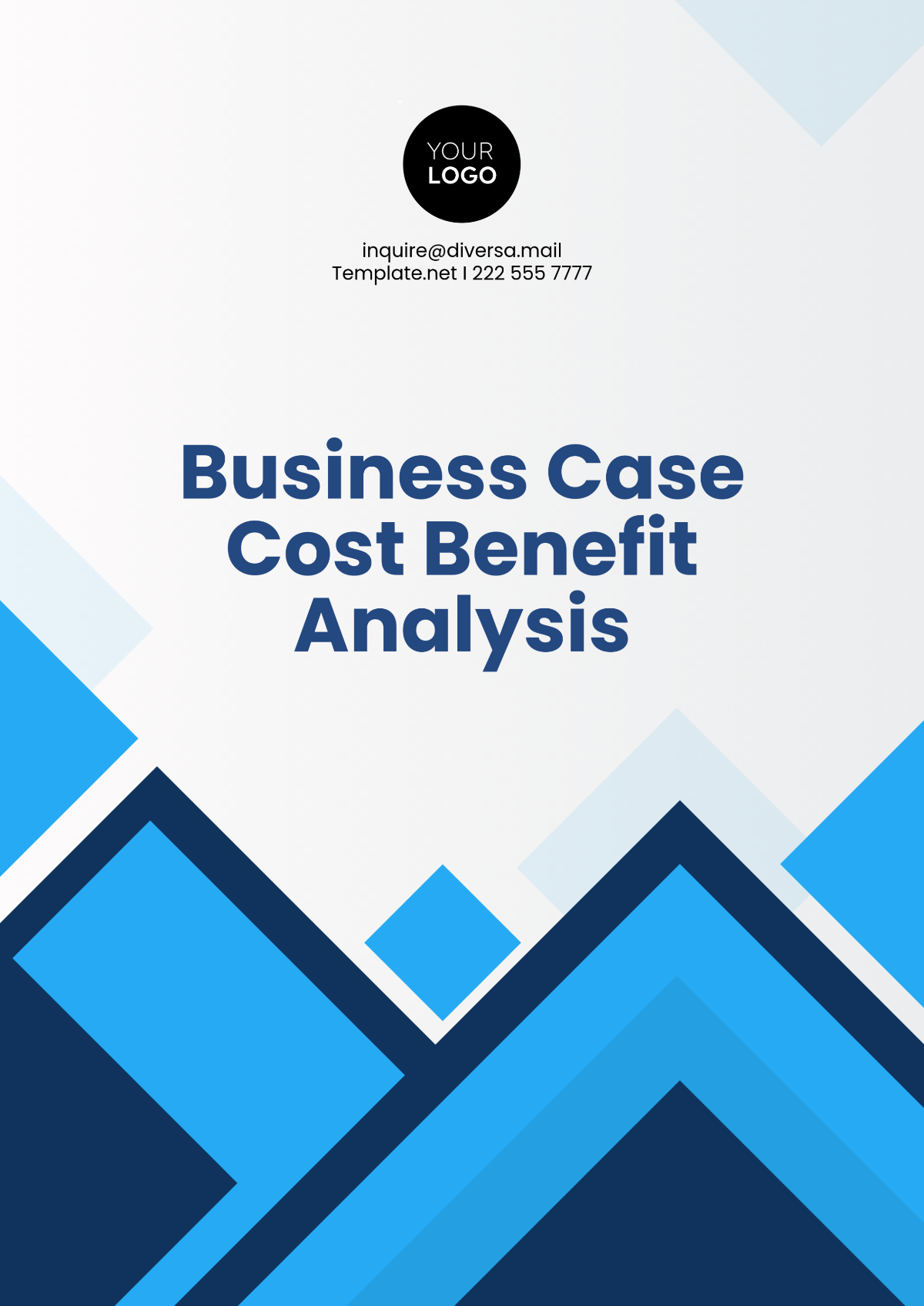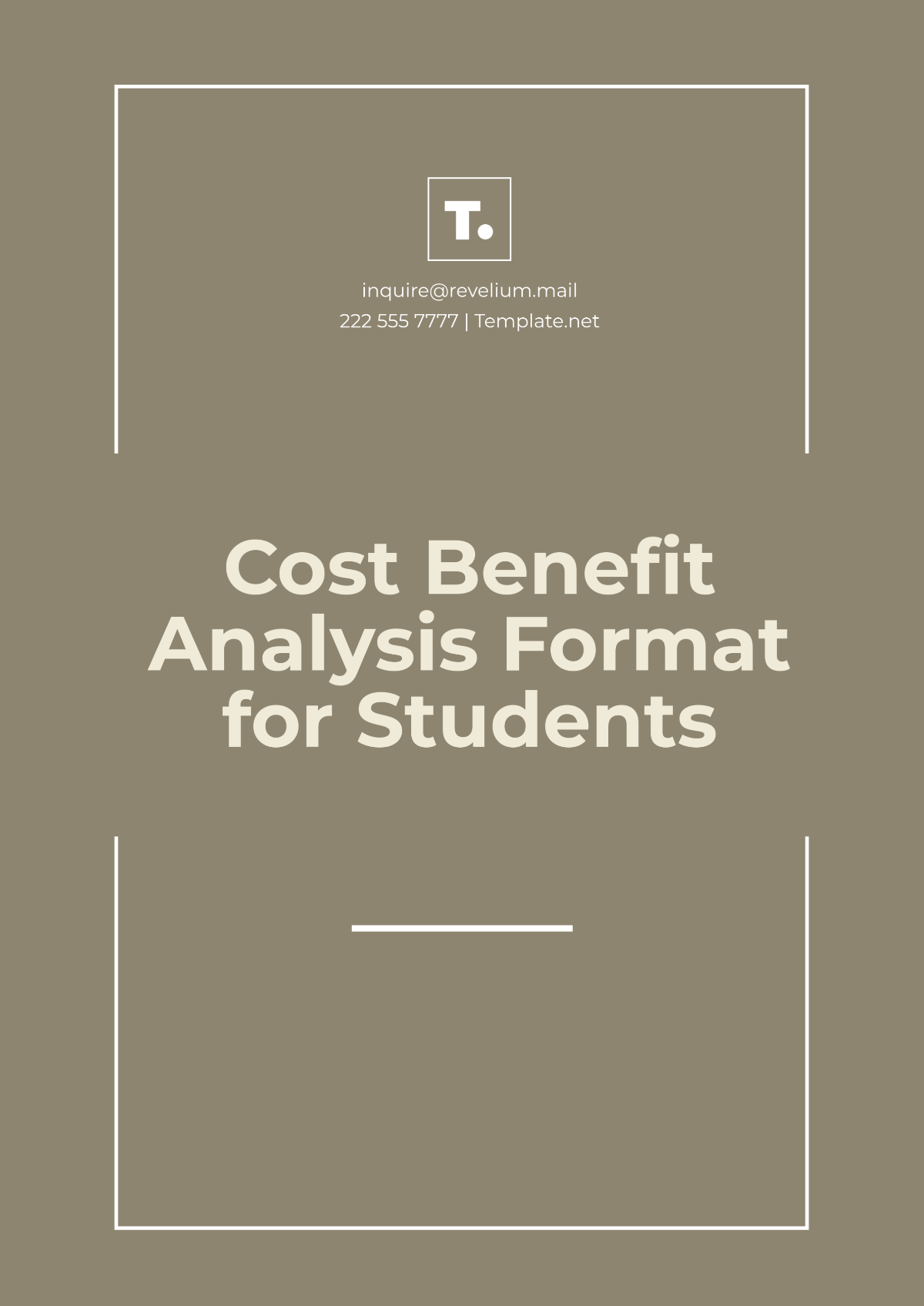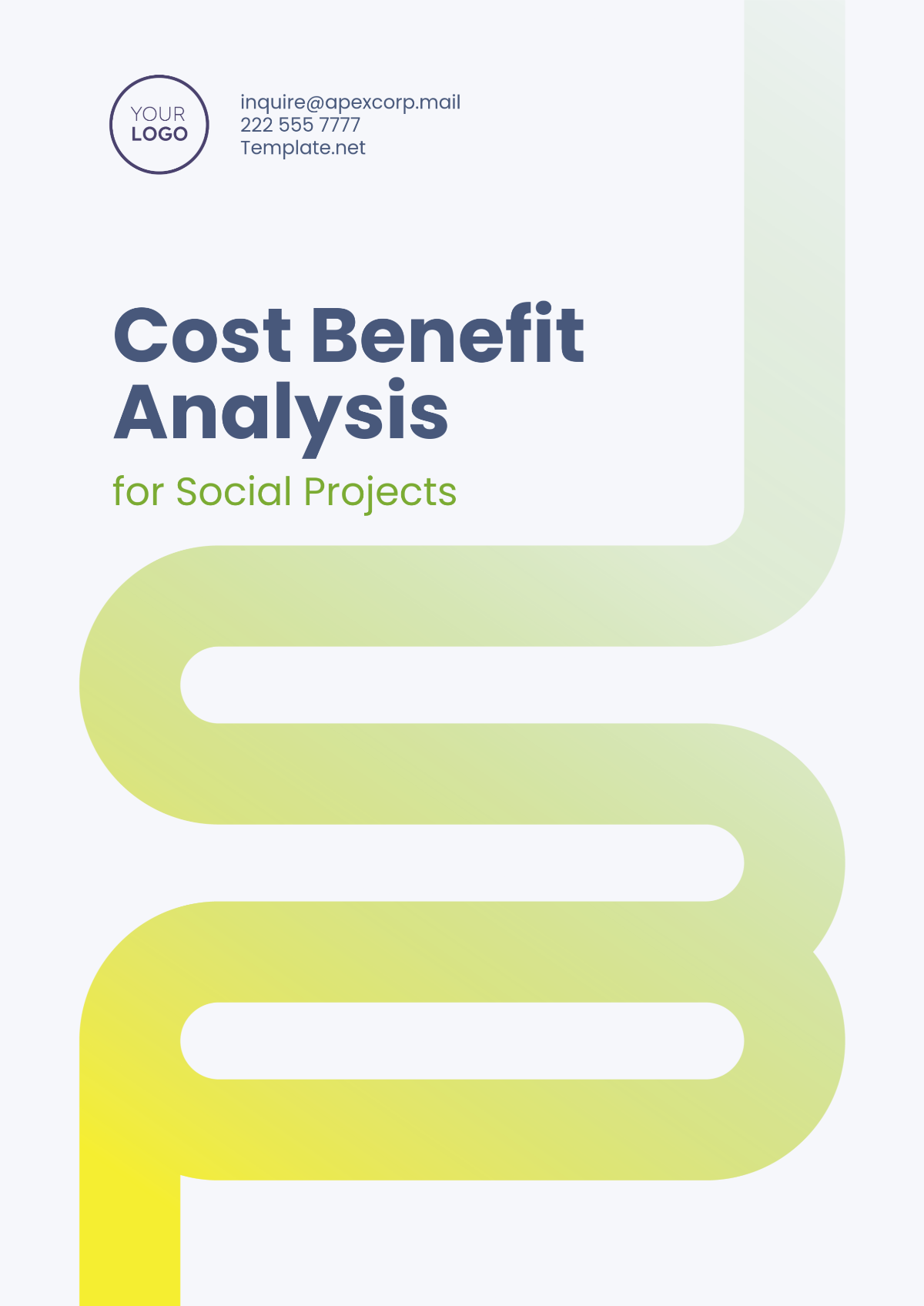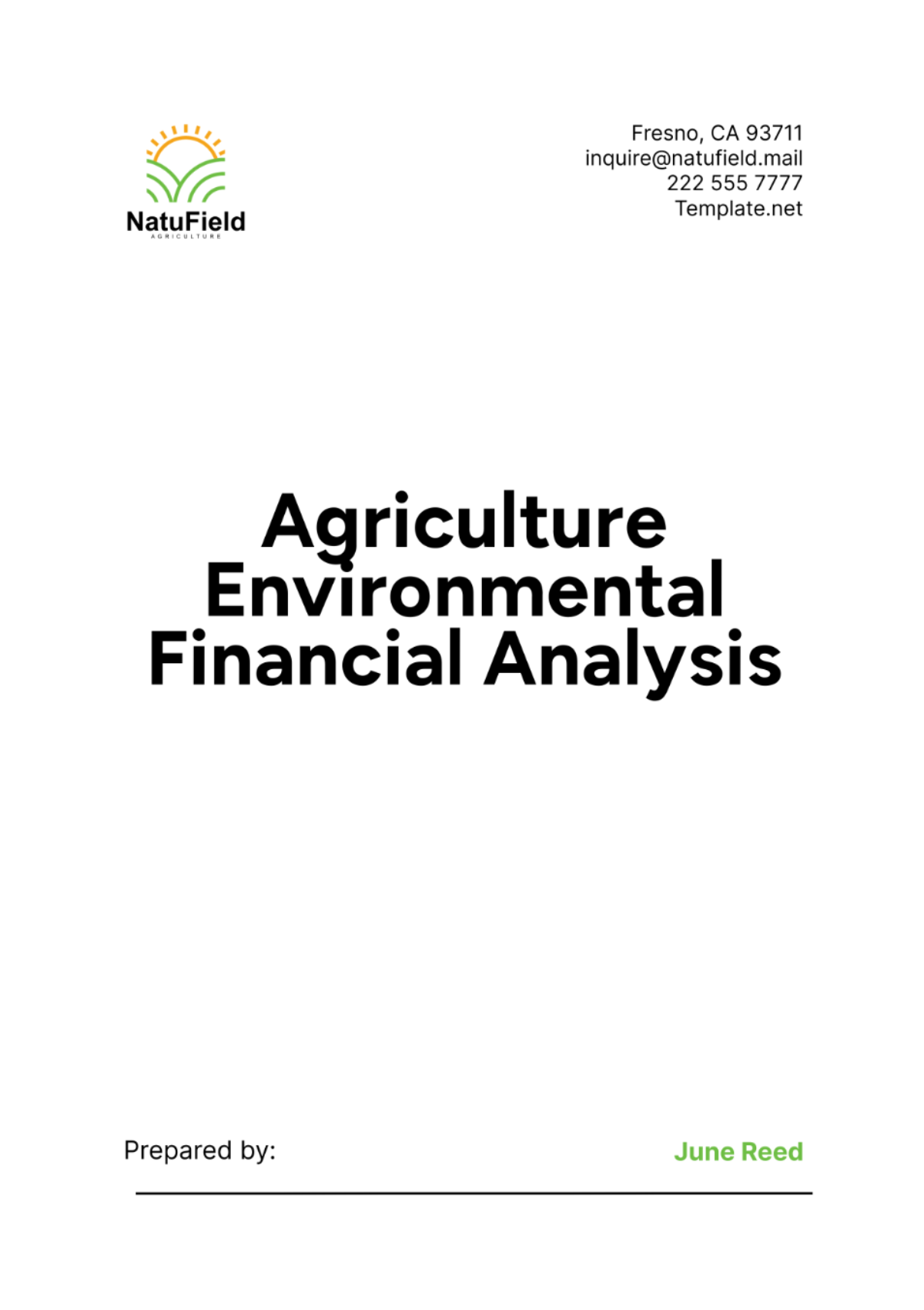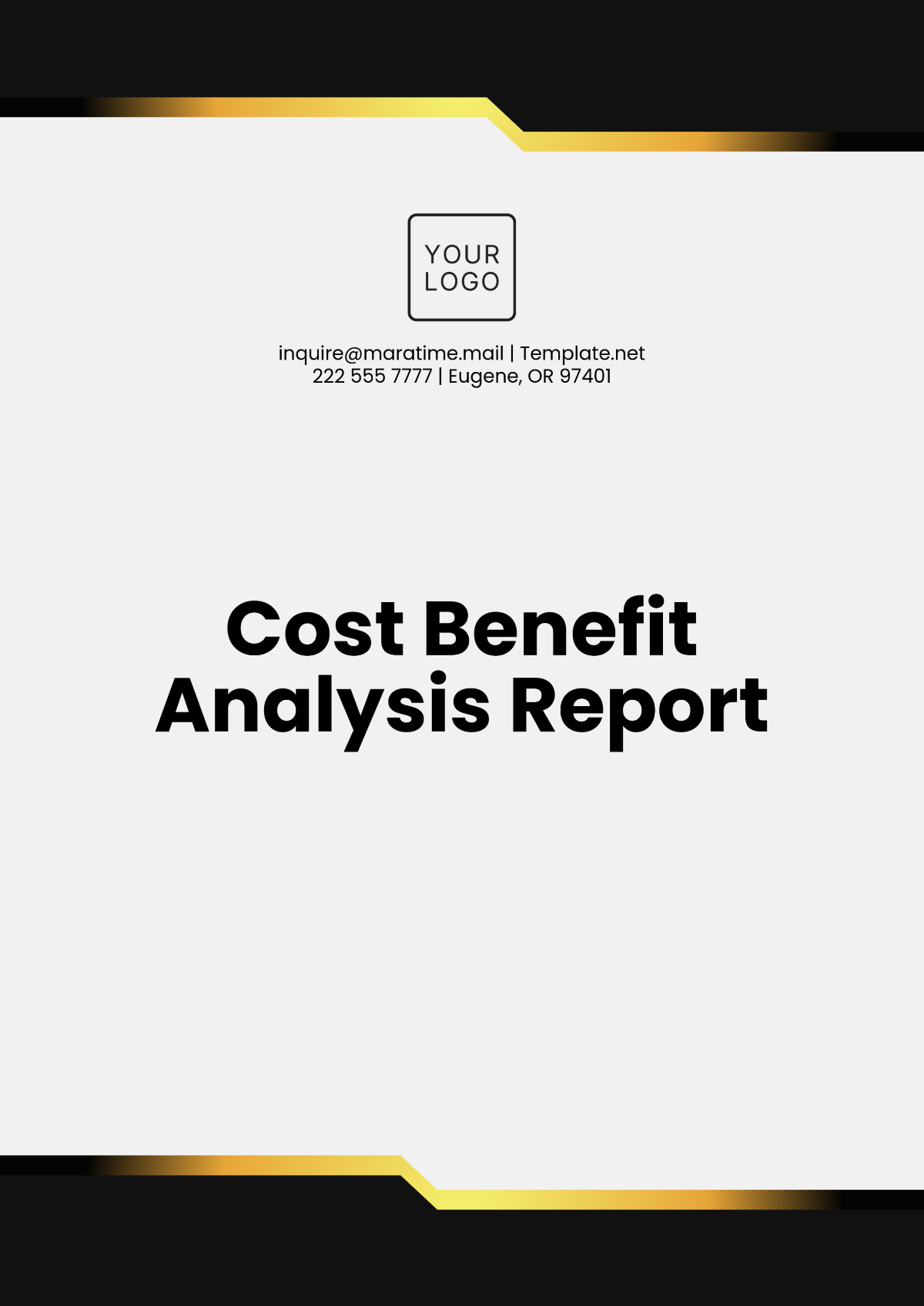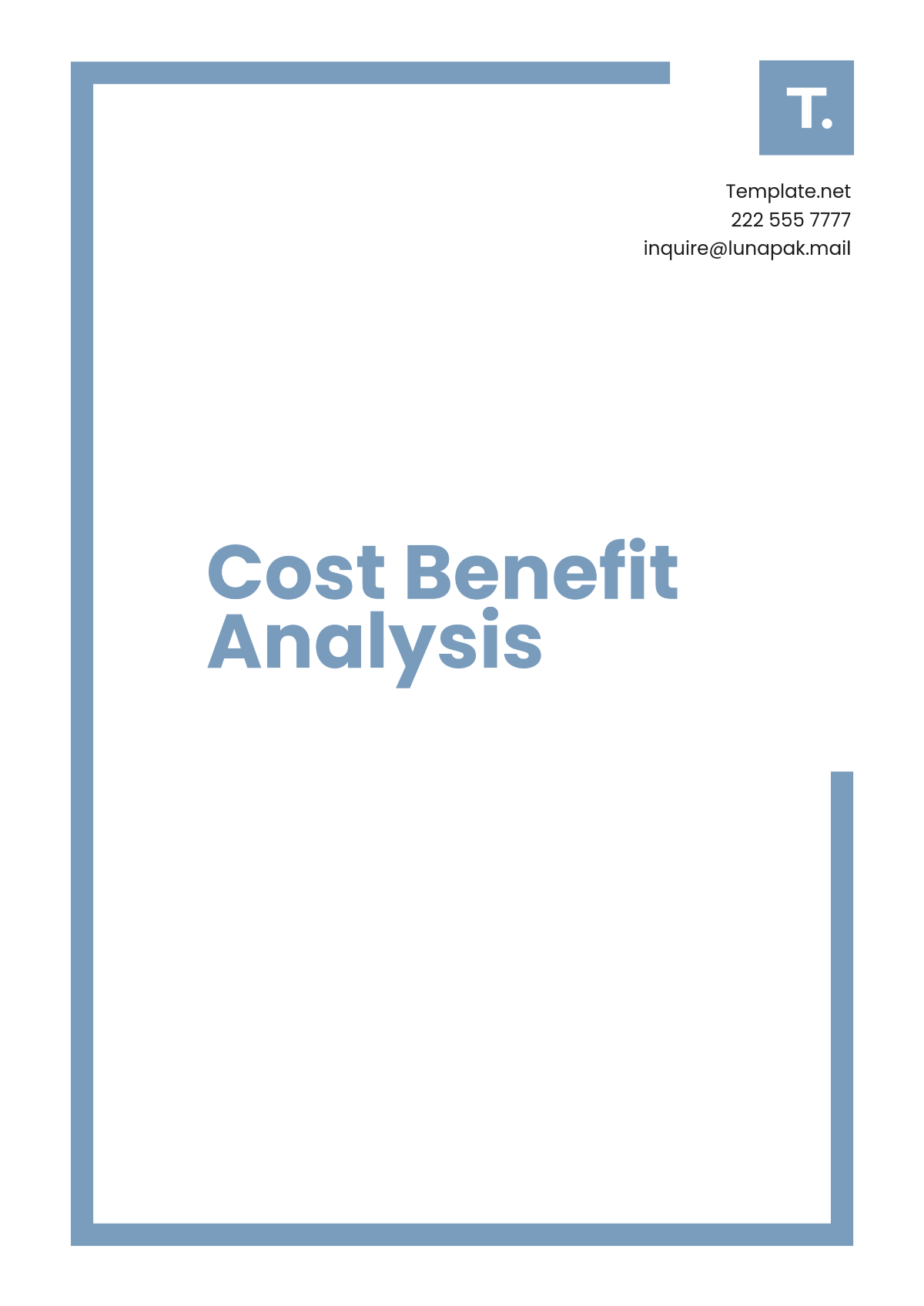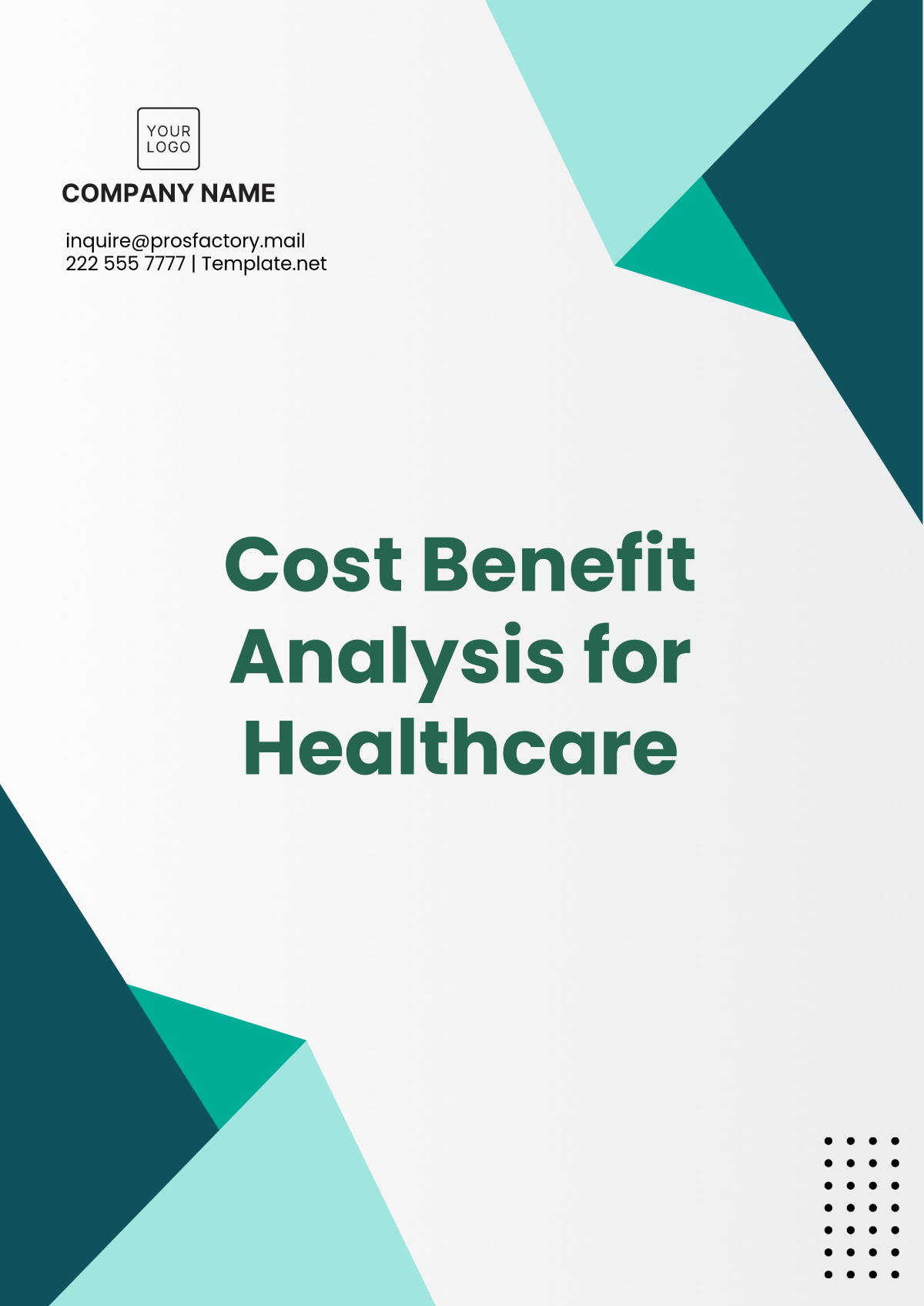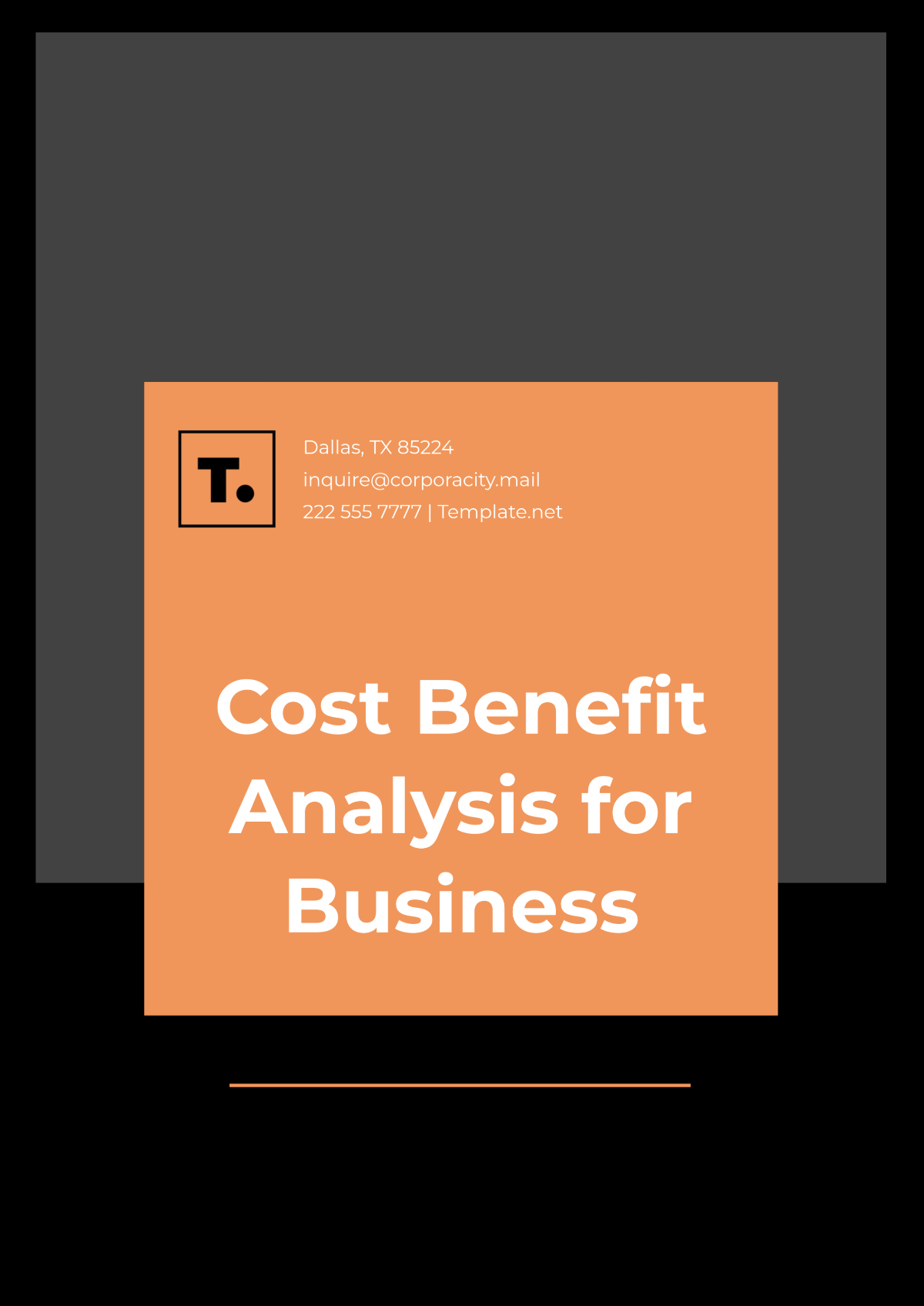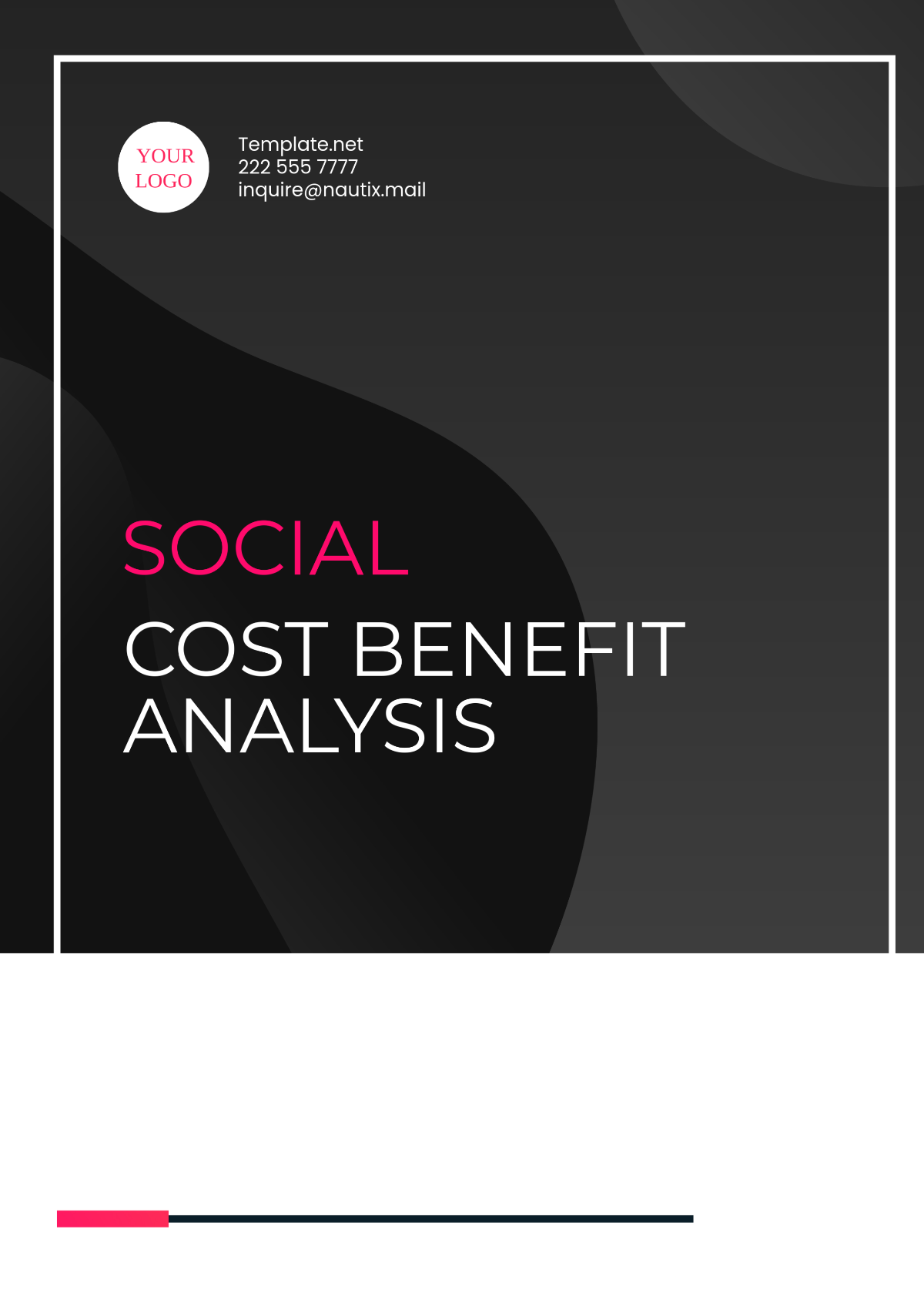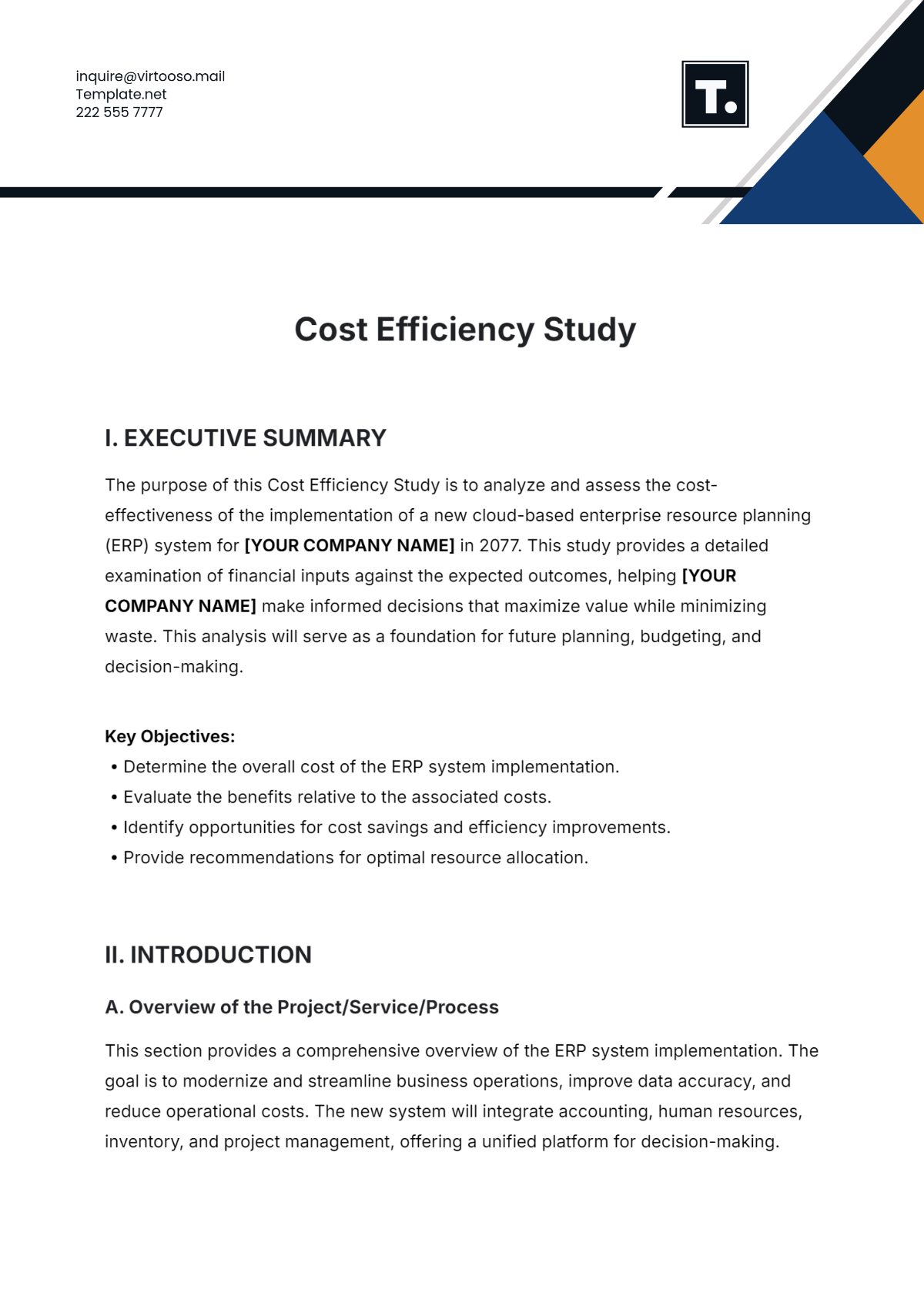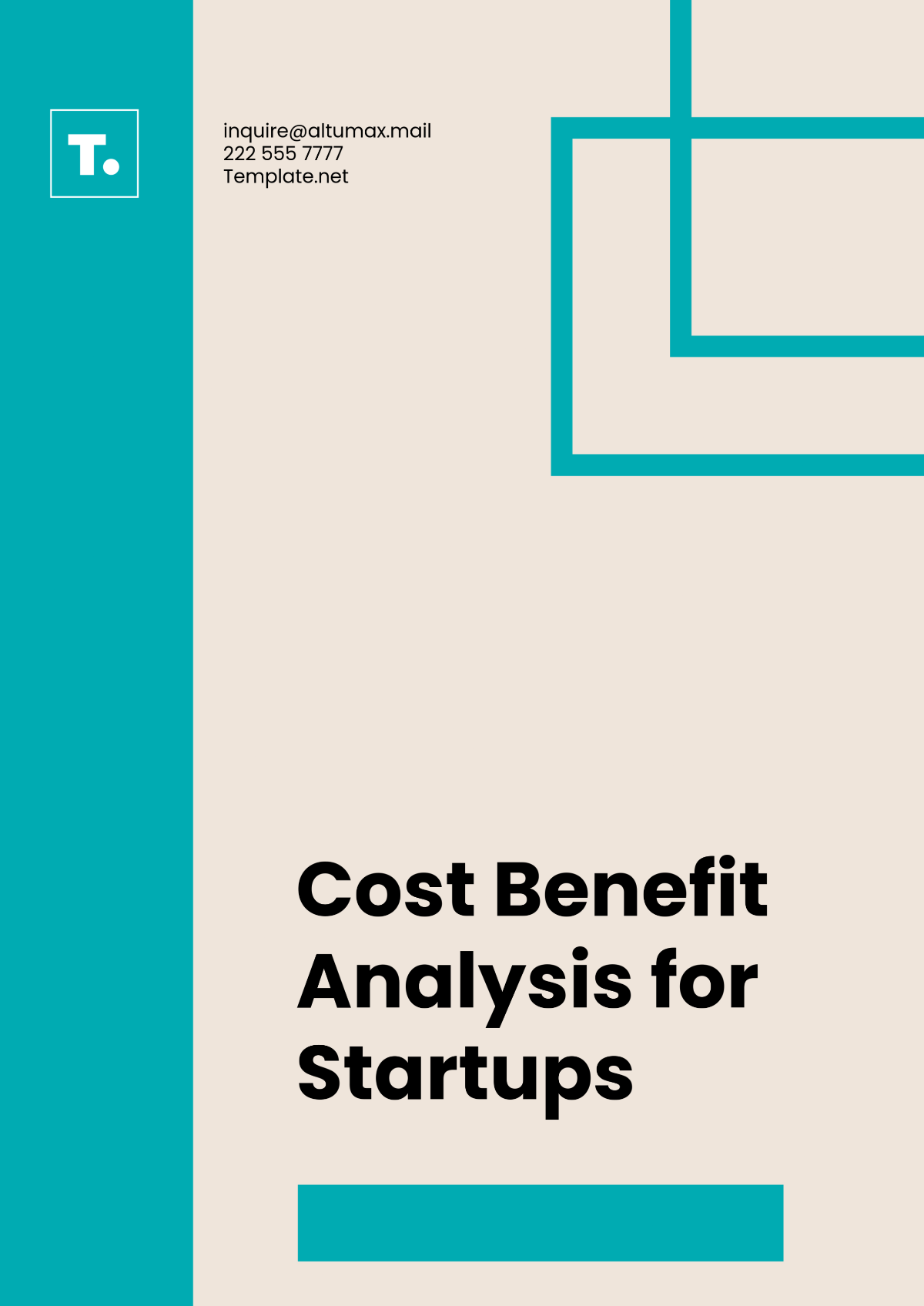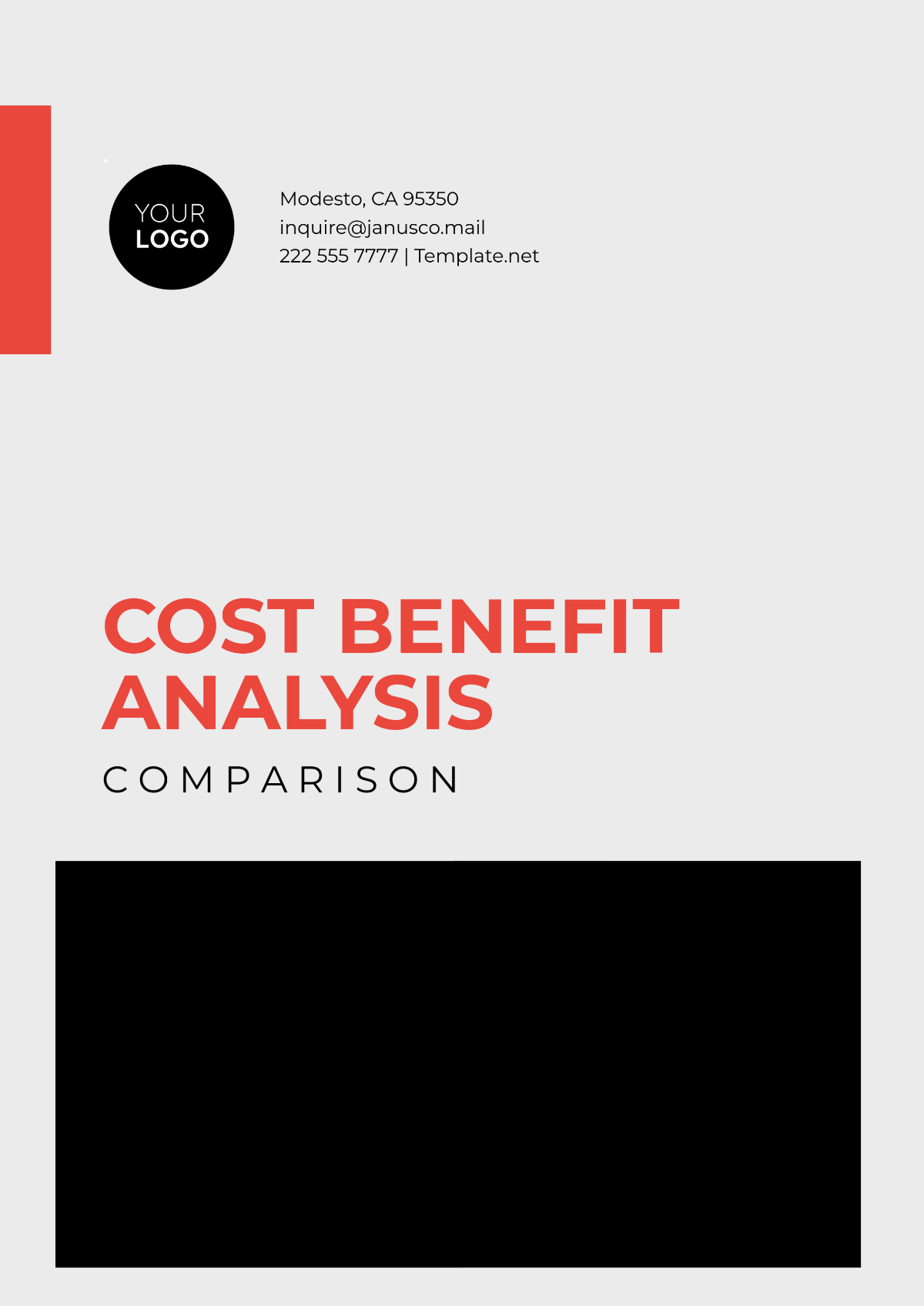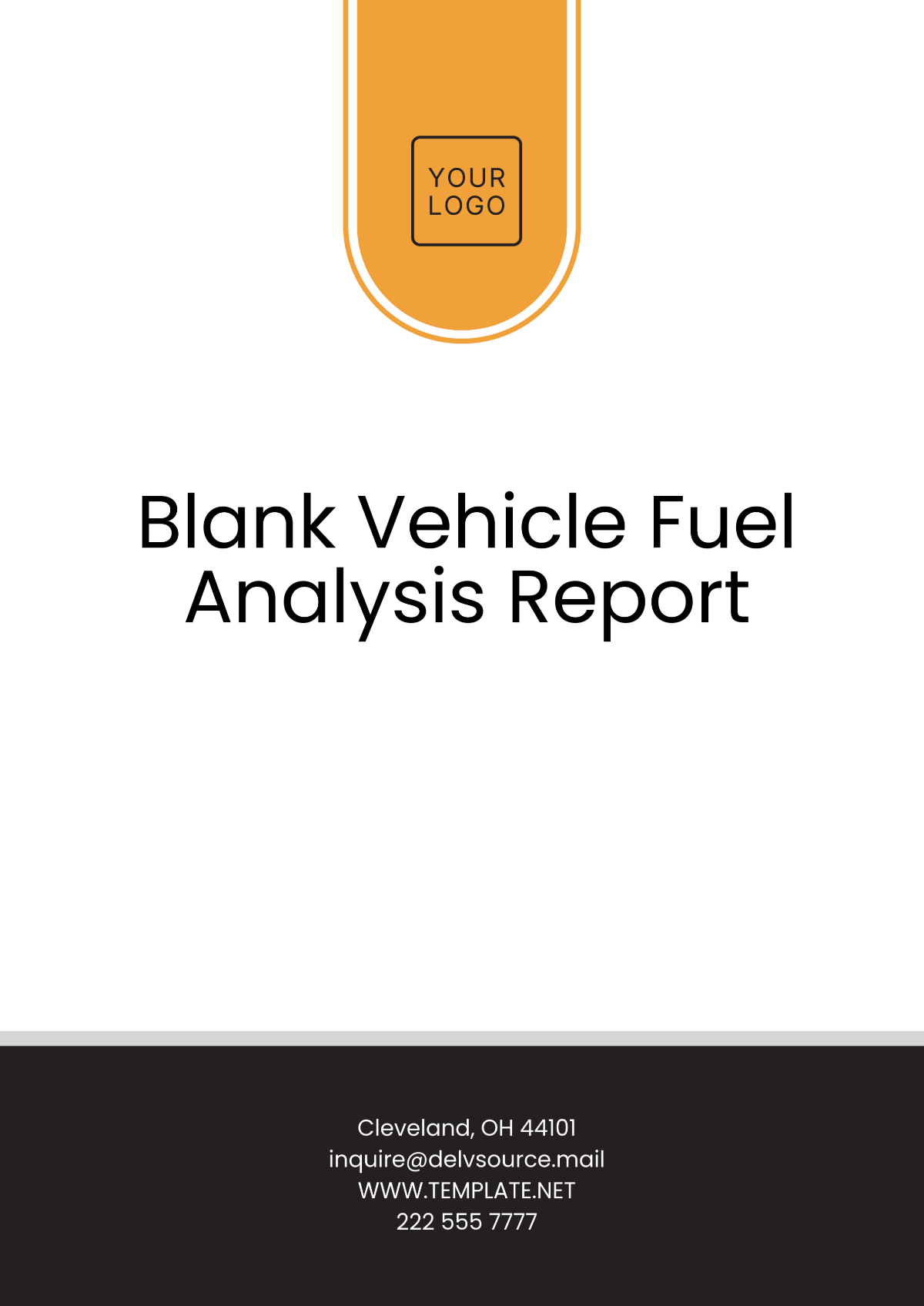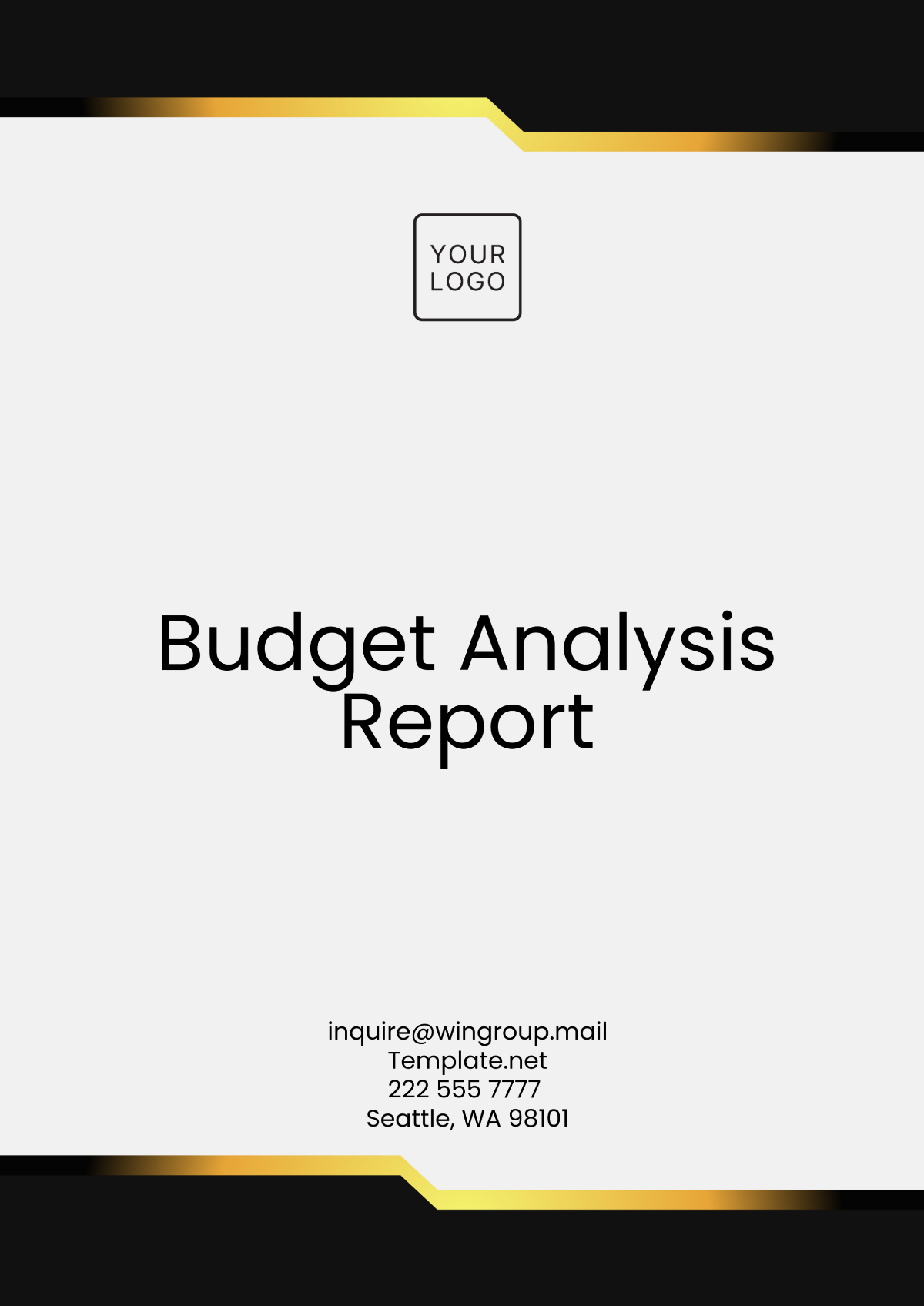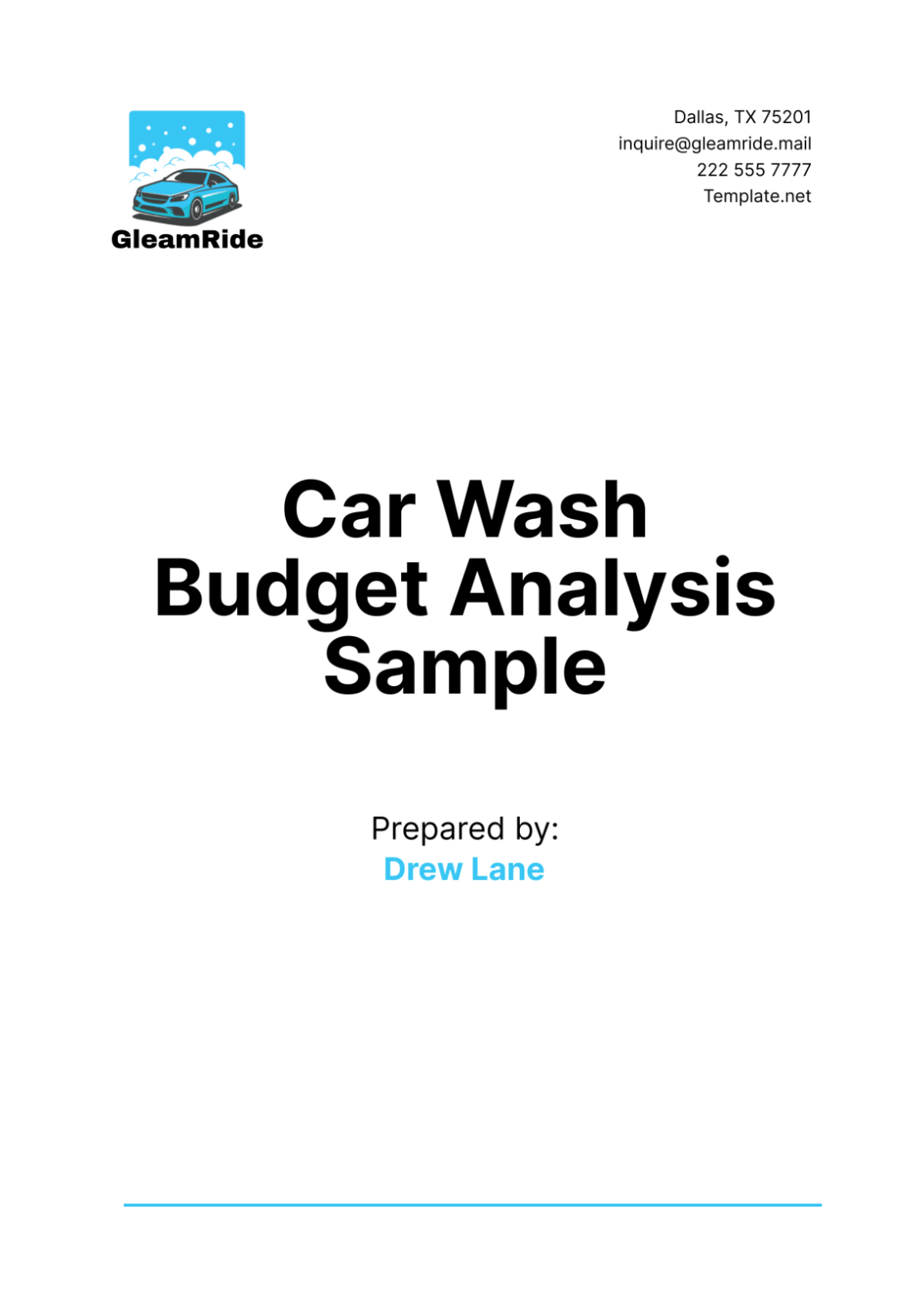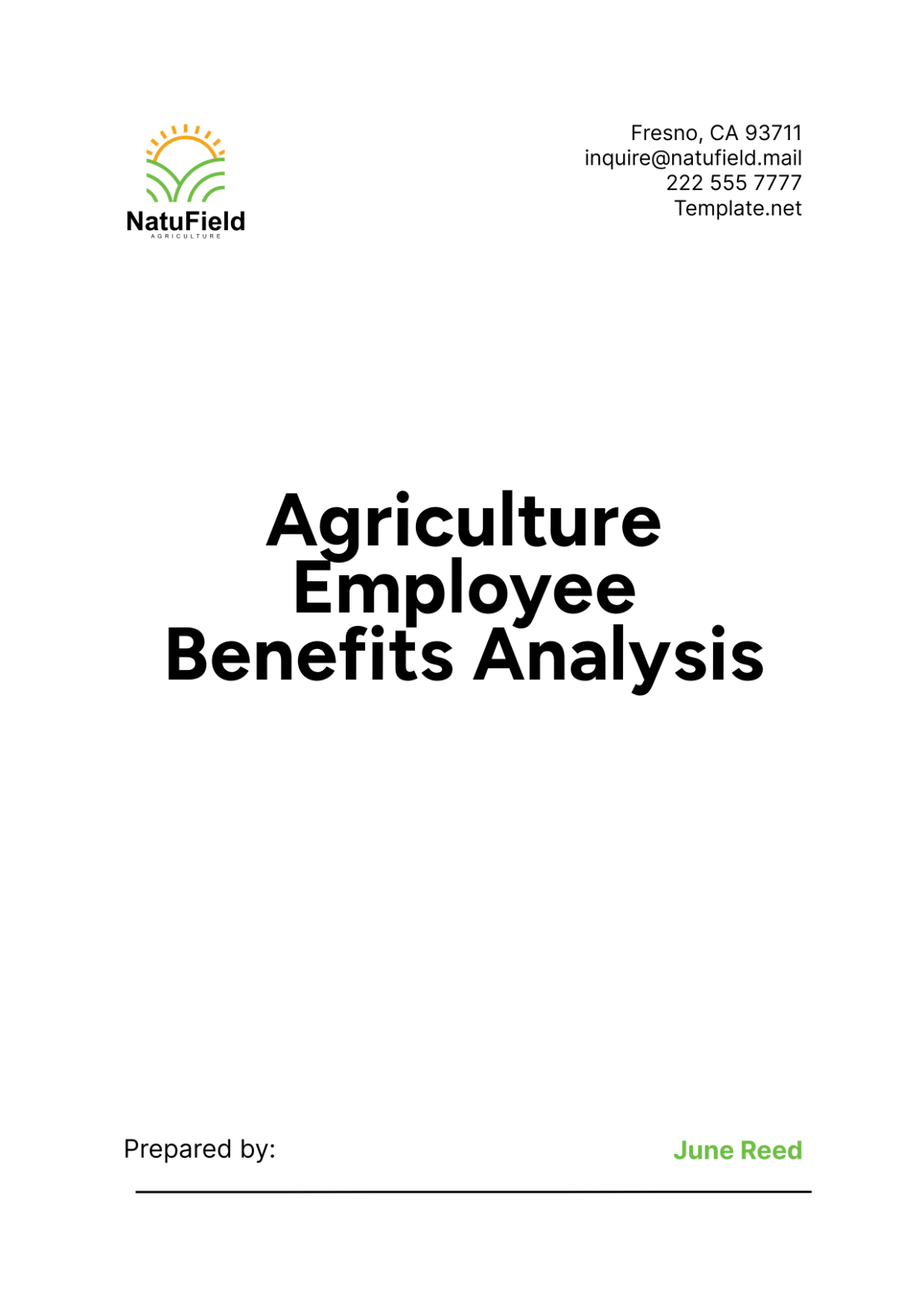Food Cost Analysis
Prepared By : | [Your Name] |
Company : | [Your Company Name] |
Address: | [Your Company Address] |
I. Executive Summary
This section outlines the objectives of food cost analysis, emphasizing its role in assessing menu item profitability to guide strategic menu alterations. The goal is to boost the restaurant's financial health by pinpointing cost-saving opportunities and ensuring each item maximizes profit. The analysis will inform decisions on pricing, portion control, and ingredient selection, facilitating a data-driven strategy for menu optimization.
II. Analysis Objectives
Determine the Cost Percentage of Individual Menu Items:
Calculate the food cost percentage for each menu item to understand the direct cost associated with its production relative to its selling price.
Identify High-Cost Items:
Highlight menu items with disproportionately high costs that may require pricing adjustments or recipe modifications to improve profitability.
Analyze Trends in Food Cost Fluctuations:
Review and interpret trends in food cost fluctuations over the past fiscal year to identify patterns and potential areas for cost savings.
Recommend Strategies to Enhance Profitability:
Provide actionable strategies to improve the profitability of each menu item, including potential price adjustments, portion control measures, and alternative ingredient sourcing.
III. Methodology
This section outlines the analytical methods and data sources utilized to conduct the food cost analysis.
A. Data Collection
Historical Purchase Data of Ingredients:
Compile detailed historical purchase data for all ingredients used over the review period to establish a baseline for cost analysis.
Recent Pricing from Preferred Suppliers:
Record current pricing data from preferred suppliers to ensure the analysis reflects up-to-date cost structures and market conditions.
Sales Data Per Menu Item:
Aggregate sales data for each menu item within the targeted review period to correlate sales performance with cost and profitability metrics.
B. Analytical Techniques
Cost Percentage Formula:
Utilize the cost percentage formula (Cost of Goods Sold / Sales Price) to evaluate the cost efficiency of each menu item, providing a clear metric for comparison.
Comparison Analysis with Industry Benchmarks:
Conduct a comparison analysis against industry benchmarks to gauge performance relative to competitors and identify areas for improvement.
Margin Analysis for Profitability Assessment:
Perform margin analysis to assess the profitability of each menu item, focusing on the gross margin (Sales Price - Cost of Goods Sold) to determine the financial contribution of each item to the overall business.
IV. Detailed Cost Analysis
This section presents a comprehensive breakdown of costs associated with each menu item, including ingredient costs, preparation costs, and overall total costs. By examining each element, we can understand the financial aspects of menu pricing and profitability.
Menu Item Breakdown
For each menu item, we analyze the following components:
Ingredient Cost: The cost of raw materials used in preparing the dish.
Preparation Cost: This includes labor costs, cooking utilities, and other overheads associated with preparing the dish.
Total Cost: The sum of ingredient and preparation costs.
Price: The amount charged to customers for the dish.
Profit Margin: The percentage of profit made from each dish, calculated as PricePrice−Total Cost×100.
Example Dishes
Menu Item | Ingredient Cost | Preparation Cost | Total Cost | Price | Profit Margin |
|---|---|---|---|---|---|
Example Dish 1 | $3.00 | $2.00 | $5.00 | $10.00 | 50% |
Example Dish 2 | $4.00 | $3.00 | $7.00 | $14.00 | 50% |
Ingredient Cost Analysis
The ingredient costs represent a significant portion of the total cost. These costs can vary based on:
Supplier Pricing: Fluctuations in supplier pricing can directly impact the ingredient cost. Negotiating better rates or finding alternative suppliers can help manage these costs.
Seasonal Variations: Prices of certain ingredients can vary with seasons, affecting the cost predictability.
Bulk Purchasing: Purchasing ingredients in bulk can reduce the unit cost but requires efficient inventory management to avoid waste.
Preparation Cost Analysis
Preparation costs include the labor involved in preparing the dish, utility costs (such as gas and electricity), and other overheads. Key factors influencing these costs are:
Labor Efficiency: The skill level and efficiency of the kitchen staff can affect preparation time and costs.
Energy Costs: Utility rates can impact the overall preparation cost. Implementing energy-efficient practices can help reduce these expenses.
Overhead Allocation: Properly allocating overhead costs to each dish ensures accurate costing and pricing.
Price Setting and Profit Margin
Setting the right price for each menu item is crucial for profitability. The price should cover the total cost and provide a reasonable profit margin. Factors to consider include:
Market Competition:
Prices should be competitive with similar offerings in the market while ensuring profitability.
Customer Perception:
The perceived value of the dish by customers can influence how much they are willing to pay.
Menu Positioning:
Strategically pricing dishes to balance high-margin and low-margin items can optimize overall profitability.
V. Discussion of Findings
An analysis of the cost data reveals specific insights into the financial performance of each menu item:
Cost Variances:
Identifying significant variances in ingredient and preparation costs helps in pinpointing areas for cost control and improvement.
Impact of Supplier Pricing:
Fluctuations in supplier pricing can lead to cost instability. Establishing long-term contracts or diversifying suppliers can mitigate this risk.
Profitability per Menu Item:
Assessing the profit margin for each item helps in understanding which dishes contribute most to the overall profitability. High-margin items should be promoted more prominently.
Menu Strategy Implications:
The findings can inform decisions on menu design, such as which items to feature, adjust, or possibly remove. Emphasizing high-profit items and reworking or eliminating low-profit ones can enhance the menu’s financial performance.
VI. Recommendations
Based on the analysis, several strategic recommendations are proposed to improve the profitability of the menu items.
Adjust pricing for specific high-cost items to align with desired profit margins.
Explore alternative suppliers or ingredients for cost reduction.
Consider removing low-profit items from the menu.
Introduce new dishes with higher projected margins.
VII. Conclusion
The food cost analysis provides valuable insights that can guide strategic decision-making for menu management to enhance overall profitability.
Report Compiled by: [YOUR NAME]
Date: [DATE]



